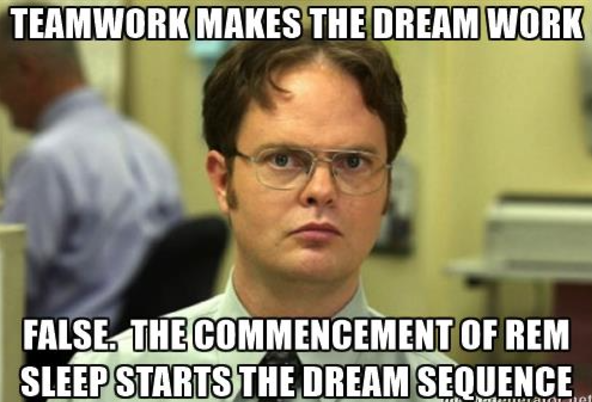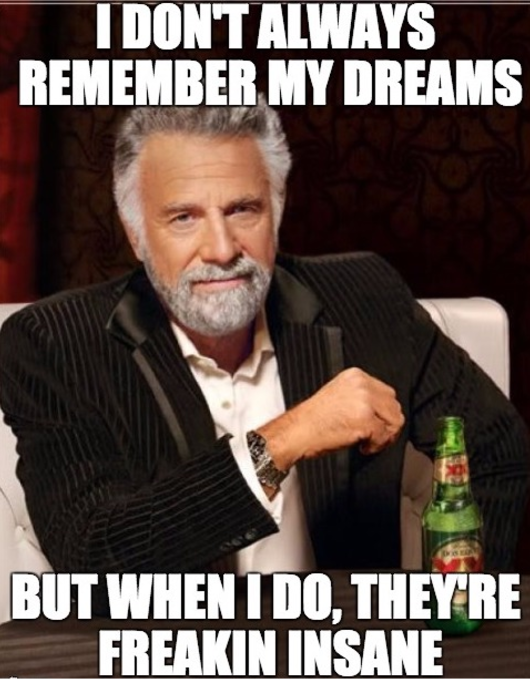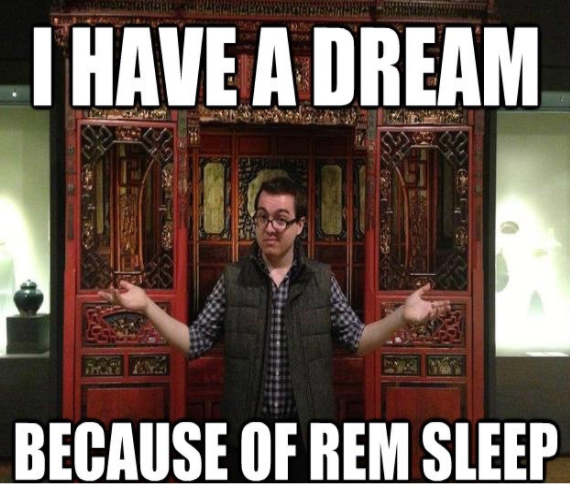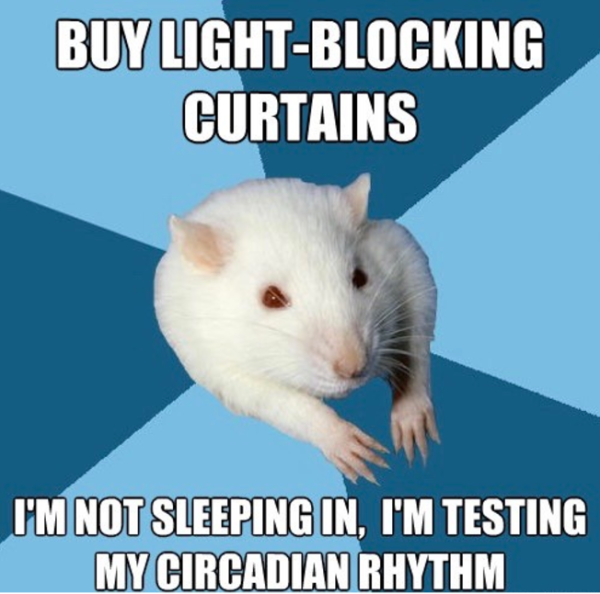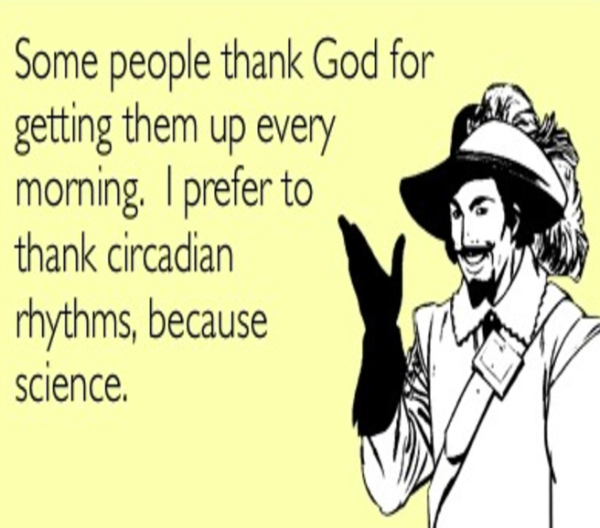Dwight is partially correct.
If a dream is defined more broadly as any sort of mental activity reported immediately upon waking up from sleep, then dreams can occur at every stage of the sleep cycle, not just REM sleep. This includes during the transition from wakefulness to sleep (hypnagogic dreams) and during the transition from sleep to wakefulness (hypnopompic dreams).
However, what most people constitute as “dreaming” does occur during REM sleep.
Foulkes, W. D. (1962). Dream reports from different stages of sleep. The Journal of Abnormal and Social Psychology, 65(1), 14-25. doi:10.1037/h0040431

